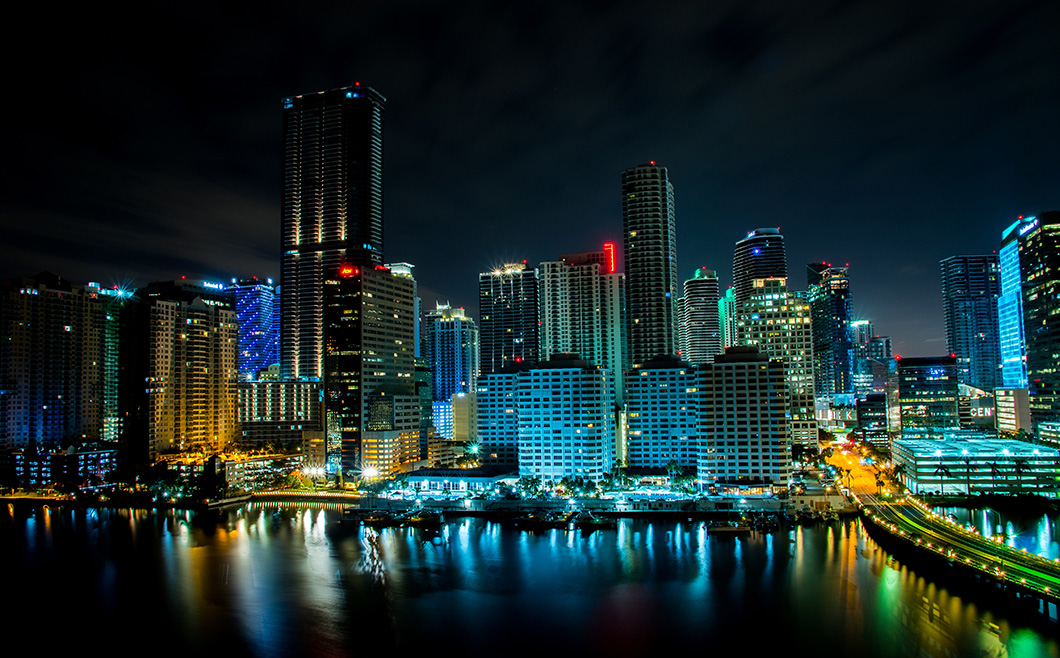
Image Source: Google
Nightclubs have long been a staple in the entertainment industry, offering people a place to let loose, dance, socialize, and enjoy live music. Over the years, the nightclub scene has evolved significantly, reflecting changes in culture, technology, and music trends. From the early days of jazz clubs to today's high-tech, multi-sensory experiences, nightclubs have transformed to cater to the evolving tastes and preferences of their patrons.
The Early Days: Jazz Clubs and Speakeasies
Historically, nightclubs have been a hub for socializing, dancing, and enjoying live music. In the early 20th century, during the Prohibition era in the United States, speakeasies emerged as underground nightclubs where people could drink illegally. Jazz clubs also gained popularity during this time, with iconic venues like the Cotton Club in Harlem becoming hotspots for live performances by legendary musicians.
- Speakeasies offered a sense of rebellion and excitement during Prohibition.
- Jazz clubs provided a platform for African American artists to showcase their talent.
- The early nightclub scene was characterized by live music, dancing, and a sense of exclusivity.
The Rise of Disco and Dance Clubs
In the 1970s, disco music took the world by storm, giving rise to a new era of dance clubs and discotheques. Iconic venues like Studio 54 in New York City became synonymous with the disco craze, attracting celebrities, artists, and socialites. Disco clubs were known for their flashy decor, immersive lighting, and pulsating beats that kept people on the dance floor all night long.
- Disco clubs were a symbol of hedonism and liberation during the 1970s.
- The disco era popularized dance music and DJ culture in nightclubs.
- Studio 54 set the standard for luxury and exclusivity in the club scene.
Modern Nightclubs: Technology and Immersive Experiences
Today, nightclubs have evolved to incorporate cutting-edge technology, immersive experiences, and multi-sensory elements to engage and entertain patrons. LED screens, laser lights, and interactive visuals have become commonplace in modern clubs, creating a visually stunning environment for partygoers. Virtual reality (VR) and augmented reality (AR) experiences are also being incorporated into club events, offering a new level of interactivity and engagement.
- Modern nightclubs offer a fusion of electronic music, visual effects, and interactive technology.
- LED lighting and projection mapping have transformed the visual landscape of clubs.
- Virtual reality experiences provide an innovative and immersive clubbing experience.
The Future of Nightclubs: Sustainability and Wellness
As society becomes more conscious of environmental issues and mental well-being, the future of nightclubs is likely to focus on sustainability and holistic experiences. Eco-friendly clubs that prioritize energy efficiency, waste reduction, and sustainable practices are gaining popularity among environmentally conscious consumers. Wellness-focused nightlife events, such as yoga raves and sober dance parties, are also on the rise, catering to individuals looking for a healthier and more mindful clubbing experience.
- Sustainable clubs are incorporating eco-friendly practices to reduce their environmental impact.
- Wellness-focused nightlife events promote health, mindfulness, and self-care in club settings.
- The future of nightclubs may see a shift towards more inclusive and sustainable practices.
In conclusion, the evolution of nightclubs has been shaped by cultural trends, technological advancements, and changing consumer preferences. From the underground speakeasies of the Prohibition era to the high-tech, immersive clubs of today, nightclubs continue to adapt and innovate to provide memorable experiences for their patrons. As we look to the future, it will be interesting to see how nightclubs continue to evolve to meet the needs and desires of a new generation of club-goers.

